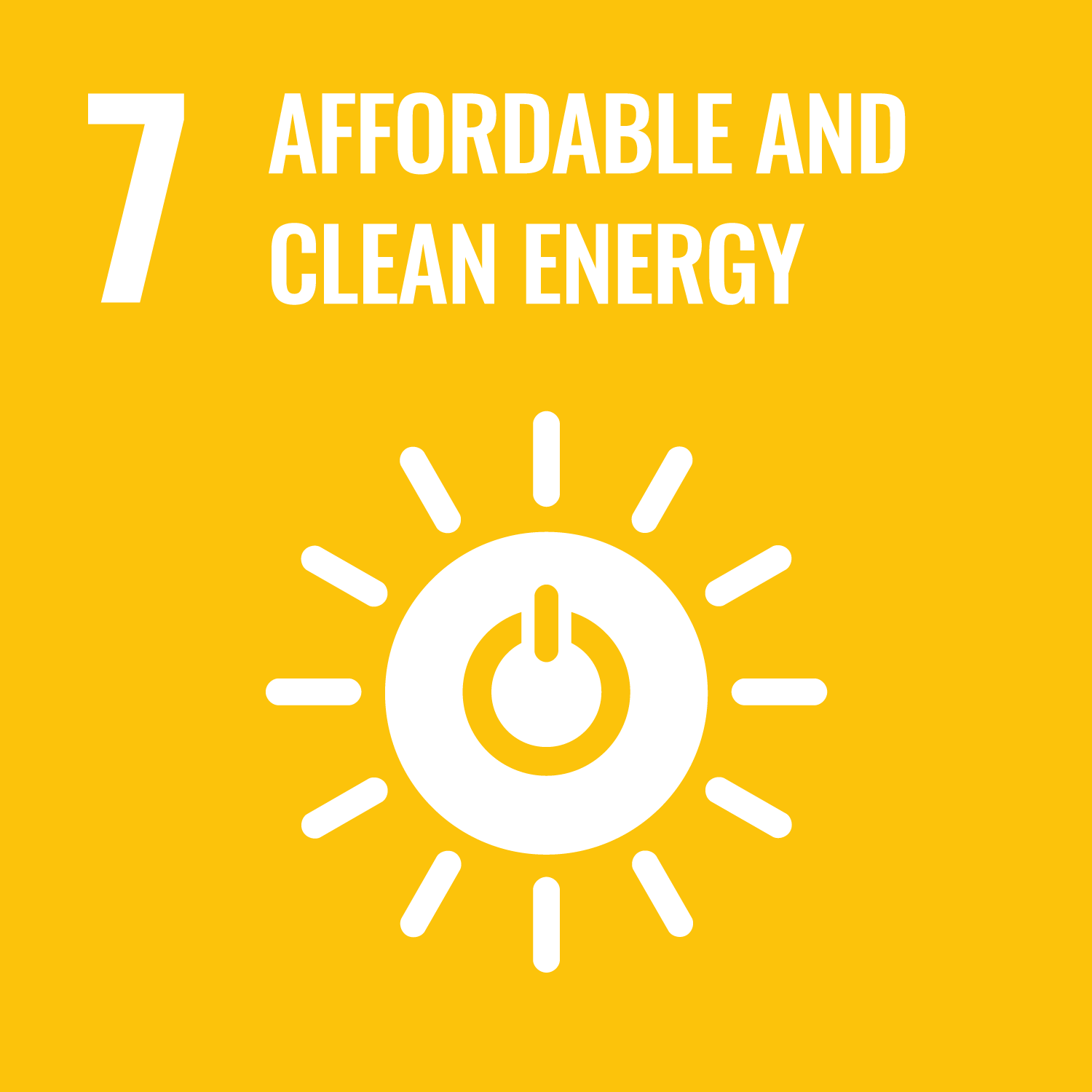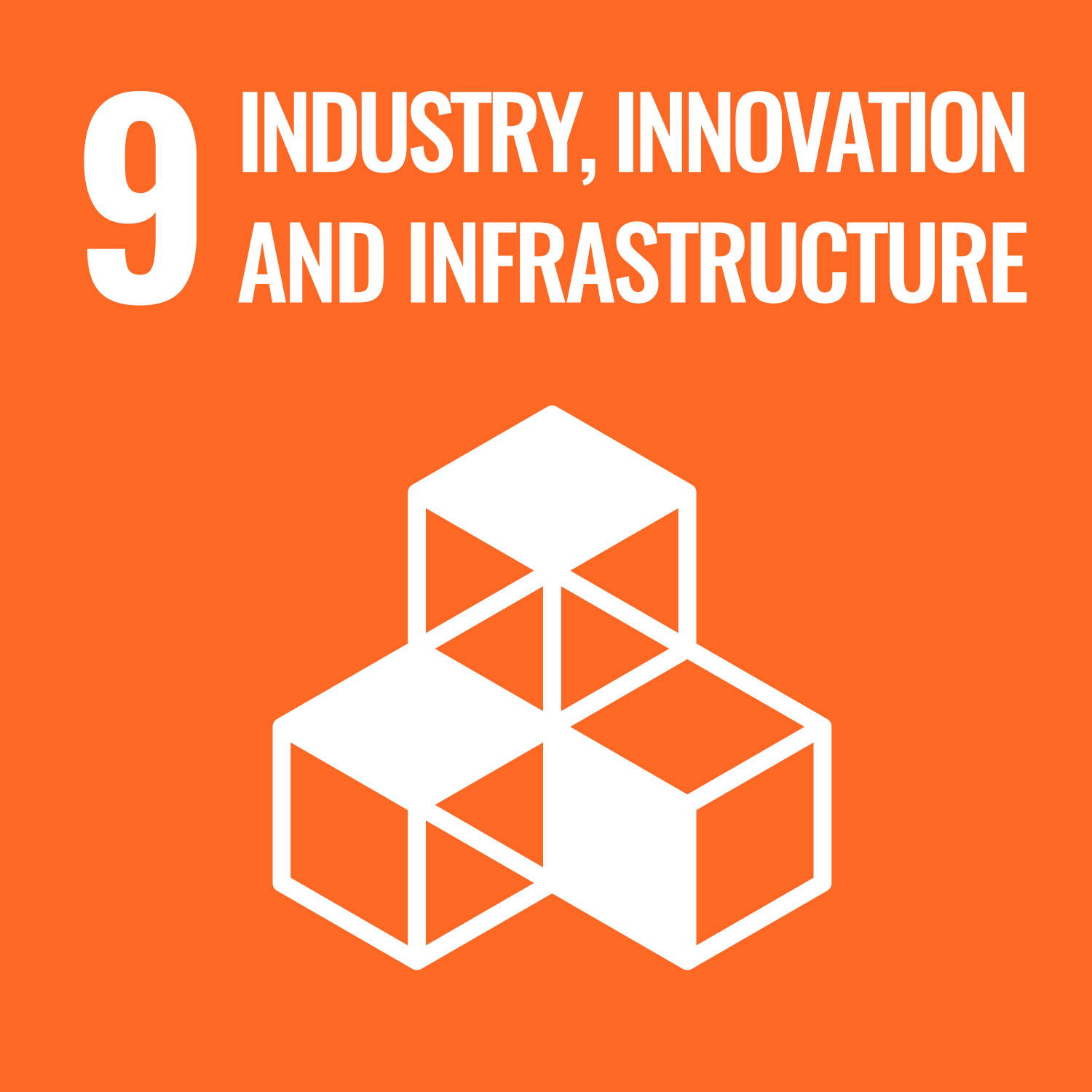LCS-FY2022-PP-02
An Expansion of Input-Output Model Focusing on the Demand-side Structural Changes (Vol. 2) : Effects of Robot and Hydrogen Utilization
Summary
It has been pointed out that stand-alone technological mitigation options such as energy saving and emission reduction are insufficient to realize a carbon neutral society. When talking about the impact of carbon neutral options that are possible with societal structural change, especially that induced by overall ICT penetration, a method to quantitatively analyze the interactions between various factors is needed. Input-output analysis is a powerful method that enables researchers to generate comprehensive future scenarios in a quantitative manner [1-3].
LCS has established extended input-output model studies [4-5] focusing on low carbon technologies, i.e. power generation technologies and DAC (direct air capture)/CCS (carbon capture and storage), based on the cost-engineering method. A model has also been developed to evaluate the socio-economic effects of ICT (information and communication technologies), xEVs (x electric vehicles) and ZEH (zero energy houses)/ZEHready implementation [6] by extending the input-output method. This evaluates the potential of fuel substitution with electric power, biomass and hydrogen in certain industry sectors.
This study extends this model to evaluate the effects of collaborative robots and the potential of hydrogen utilization. The collaborative robots are expected to compensate for the decreasing labor force in Japan, especially in small- to medium-sized industries. For the latter, this study deals with freight FCVs and the Hydrogen Direct Reduction Method of Iron Ore [7], which are included to evaluate the potential and cost of hydrogen utilization technologies. In order to formulate fuel substitution processes more concretely, sectors are disaggregated into 147 row sectors and 139 column sectors from the 105 sectors of previous studies. The effects of collaborative robots are modelled based on existing potential automatization surveys.
The results show that SaaS and collaborative robot implementation improve labor productivity by around 150% in agriculture, food production and general machinery industries. This observation suggests that collaborative robots will contribute to maintaining small but distinctive local industries, especially in areas facing decreasing population [10]. The robot industry in Japan is expected to contribute to Japan’s socioeconomic sustainability along with global market growth.
The annual GDP growth rate between 2015 and 2050 increases from 0.3% to 1.5%. In the mostly accelerated decarbonization scenario, electrification, renewable sources and hydrogen utilization are implemented to a great extent. The electric power demand comes to 2,062 TWh, and hydrogen demand reaches 1,600 PJ-HHV (11.3 Mt-H2), reducing CO2 emissions to 304.5 Mt-CO2 in 2050. Of this, 40% is attributed to waterway transportation, aviation and the ceramics industry. The carbon emission mitigation options in these sectors are not yet well
established, while the market will still increase (or not decrease as much). Options for these sectors should be developed early to mitigate the demand for DAC/CCS.
This study aims to contribute to the construction of part of the future carbon neutral scenario development currently being investigated at LCS by focusing on demand-side societal changes rather than providing an alternative scenario by itself.
All Pages
Related Proposal Papers
- Changes of Industrial Structure towards Zero Carbon Society: Application of Extended Input-output Table
- Industrial Structure in 2030 and 2050 towards Zero Carbon Society
- An Expansion of Input-Output Model Focusing on the Demand-side Structural Changes (Vol. 1) : Changes of Input-Output Coefficients and Capital Formation Coefficients and Model Development
- Evaluation of the Hydrogen Direct Reduction Method of Iron Ore
- Economy and CO2 Emission of Carbon Free Hydrogen (Vol. 1)
- Economy and CO2 Emission of Carbon Free Hydrogen (Vol. 2)
- A Study on the Classification and Future Directions of Current Municipal Socio-economic Activities towards Financial Independence
- Economic and Technological Evaluation for Zero Carbon Electric Power System Considering System Stability (Vol. 3): Evaluation of Government Plan “Outlook for Energy Supply and Demand in 2030” and Issues to Achieve Zero-carbon Power Supply in 2050
- Evaluation on Regional Consumption Structure and Direct and Indirect Carbon Dioxide Emission of Household Sector
- Impact of Progress of Information Society on Energy Consumption (Vol. 1): Current Status and Future Prospects for Power Consumption of IT Equipment
- Impact of Progress of Information Society on Energy Consumption (Vol. 2): Current Status and Future Forecast of Data Center Energy Consumption and Technical Issues



